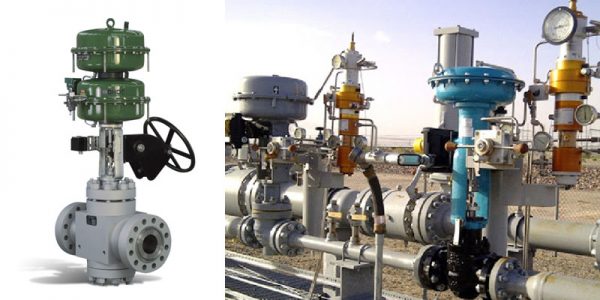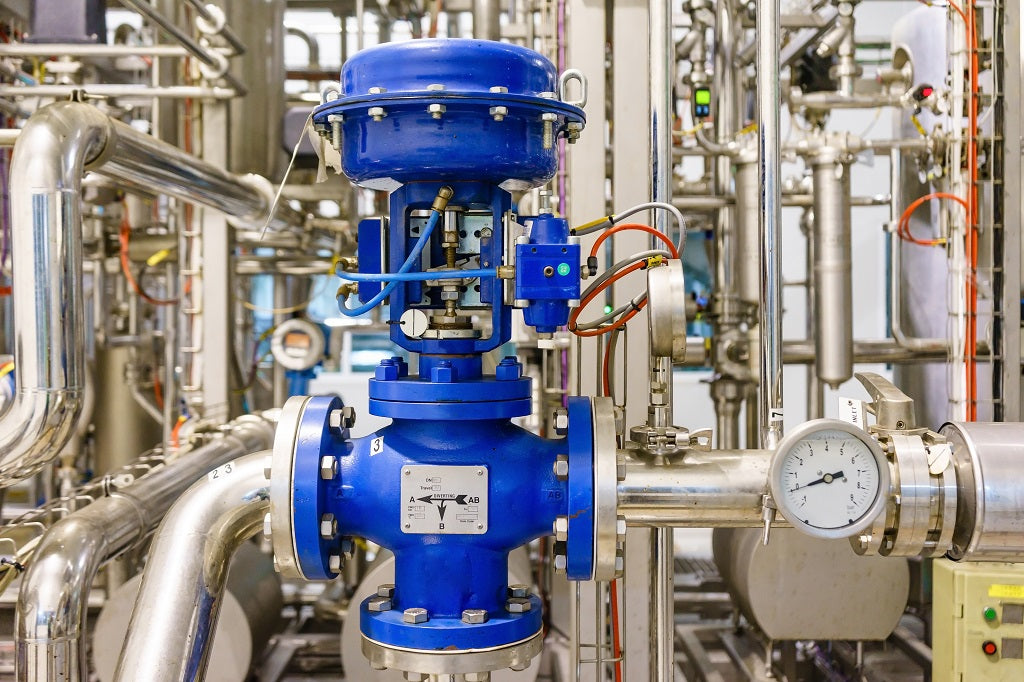Enhancing Functional Performance with Advanced Control Valves
Enhancing Functional Performance with Advanced Control Valves
Blog Article

Maximize Power Financial Savings and Comfort With Advanced Structure Automation Controls
In the realm of modern-day architecture and center administration, the assimilation of advanced building automation manages stands as a pivotal improvement. By using the power of automation, buildings can adapt, respond, and progress in means that were once unbelievable.
Power Effectiveness Advantages
Energy efficiency advantages can significantly decrease power consumption and operational costs in structures. Energy-efficient systems, such as advanced building automation controls, can maximize the use of resources like cooling, heating, and lights, leading to reduced energy expenditures over time.
Moreover, boosted energy effectiveness can extend the life expectancy of building tools and systems. By running a lot more efficiently, heating and cooling systems, light, and various other structure components experience less deterioration, resulting in decreased maintenance and replacement costs. In addition, energy-efficient structures usually regulate greater property values and rental prices, offering long-term monetary benefits to owners.
Additionally, energy performance can enhance resident comfort and efficiency. Properly managed interior settings with optimum illumination and thermal problems develop a more helpful and enjoyable office, resulting in improved staff member contentment and efficiency. Overall, the power effectiveness advantages associated with innovative structure automation controls are multifaceted, incorporating price financial savings, ecological stewardship, and owner wellness.
Improved Convenience Control
Enhancing convenience control in building settings needs an advanced combination of innovative automation systems for ideal occupant wellness. By utilizing advanced building automation controls, facilities can customize the interior environment to fulfill the certain needs and preferences of owners. control valves.
Improved convenience control exceeds fundamental temperature adjustments. It consists of features such as personalized settings, tenancy sensors, and natural light application to produce a responsive and vibrant setting. By incorporating these innovative controls, buildings can not just improve convenience however additionally boost energy effectiveness by enhancing system procedures based on real tenancy and use patterns. Eventually, focusing on passenger comfort via advanced automation systems leads to an extra pleasurable and much healthier indoor setting.
Functional Efficiency Improvements

Additionally, the implementation of real-time surveillance and analytics tools makes it possible for building drivers to determine energy inefficiencies and functional anomalies without delay. By constantly monitoring power usage patterns and system efficiency metrics, adjustments can be made in real-time to maximize power consumption and make certain peak operational performance. control valves. Additionally, incorporating need reaction techniques right into building automation controls can even more boost operational effectiveness by dynamically adjusting energy use based on grid conditions and rates signals
Indoor Environment Optimization
Effective indoor climate optimization is a basic aspect of building automation controls, ensuring passengers' convenience and well-being while making the most of power cost savings. By making use of advanced sensors and controls, developing automation systems can constantly adjust and keep track of temperature, humidity degrees, air top quality, and ventilation to create an ideal indoor setting. Keeping consistent and comfy conditions not just enhances occupant satisfaction however likewise improves efficiency and general health.
Indoor environment optimization additionally plays an essential role in power efficiency. By fine-tuning air flow, cooling, and heating systems based on real-time information and tenancy patterns, developing automation controls can considerably decrease energy intake - control valves. As an example, carrying out strategies such as demand-controlled ventilation and thermal zoning can aid decrease energy waste while guaranteeing that each location of the structure receives the necessary conditioning.

Lasting Setting Development
Structure automation controls not only maximize indoor environment conditions for power effectiveness and occupant convenience yet likewise lay the foundation for creating a lasting environment with strategic administration of systems and sources. By integrating innovative structure automation innovations, such as sensors, actuators, and smart software, centers can monitor and change energy usage in real-time to decrease waste and reduce their carbon footprint. These systems make it possible for anticipating maintenance, identifying possible issues before they intensify and maximizing equipment efficiency to improve long life and performance.
Furthermore, sustainable atmosphere development expands past power management to encompass water preservation, waste reduction, and indoor air high quality enhancement. Structure automation controls can control water usage, identify leaks, and guarantee appropriate waste disposal techniques, adding to general sustainability initiatives. Furthermore, by checking and controlling ventilation and filtration YOURURL.com systems, these modern technologies enhance resident health and productivity while decreasing energy consumption connected with heating and cooling operations.
Conclusion
In final thought, advanced building automation controls deal substantial advantages in terms of energy savings, convenience control, functional effectiveness, interior environment optimization, and producing Find Out More a sustainable environment. By implementing these controls, structures can achieve optimal efficiency while lowering energy consumption and improving resident comfort. It is noticeable that the usage of advanced automation modern technology is essential in improving structure efficiency and creating an extra lasting future.
Power effectiveness advantages can dramatically decrease power intake and functional costs in structures. In general, the power efficiency advantages connected with innovative building automation controls are complex, including expense savings, ecological stewardship, and occupant wellness.
Furthermore, including need response strategies into structure automation controls can better boost functional performance by dynamically adjusting energy usage based on grid conditions and pricing signals.
Building automation manages not only optimize indoor climate conditions for power performance and passenger convenience however likewise lay the foundation for producing a sustainable setting via calculated management of resources and systems.In verdict, progressed structure automation manages offer considerable advantages in terms of power cost savings, comfort control, operational performance, indoor climate optimization, and creating a lasting atmosphere.
Report this page